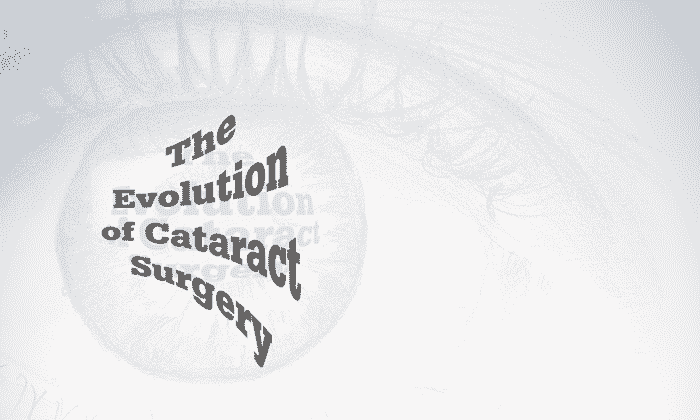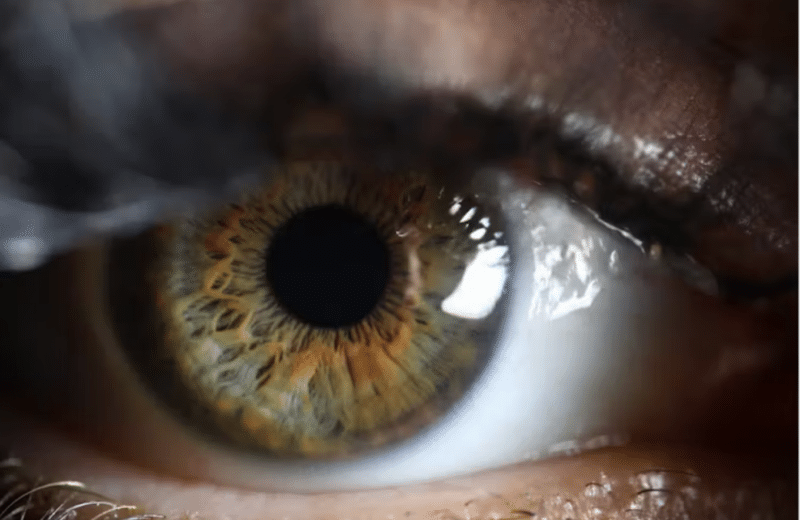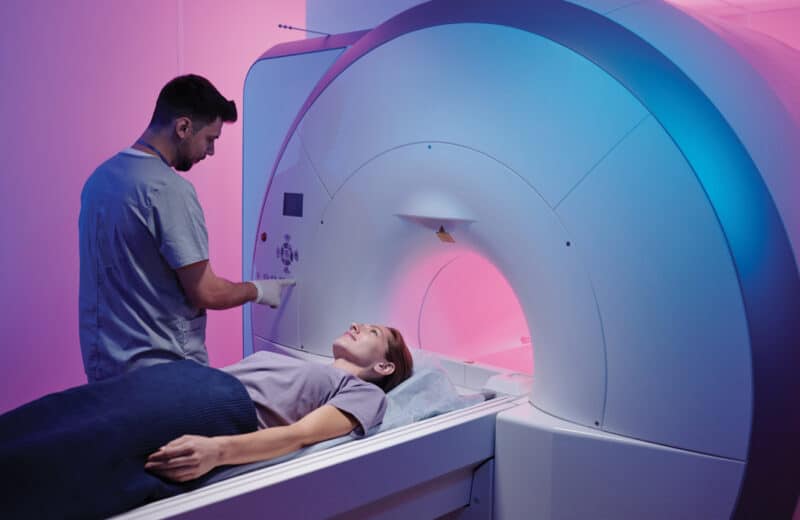Simple and effective, removing a cataract is the sensible and first step to better sight
By Terri Yablonsky Stat
Gone are the days of wearing thick Coke-bottle glasses following cataract surgery. Today’s modern cataract removal procedures not only remove the cataract, but they can correct the faulty vision underneath at the same time. A cataract is a clouded lens of the eye that commonly develops with age. They are not uncommon in people between ages 40 and 50 and can be caused by an injury to the eye or a condition like diabetes. However, most cataract patients are more than age 60. In the early days of cataract surgery, surgeons removed the natural lens of the eye, and patients required thick, strong glasses to see. But surgeons now replace the eye’s natural lens with an artificial one called an intraocular lens (IOL), to restore vision. These IOLs can correct nearsightedness, farsightedness, astigmatism and even act as bifocals.
An Extraordinary Evolution
The first IOLs were successfully implanted in 1949 in London. However, they didn’t gain widespread acceptance until the 1970s, following further refinements in lens design and surgical techniques.Still, it’s been a bumpy road. Back in the ’70s, consumer advocate and former presidential candidate Ralph Nader went before an FDA advisory board and argued that modern cataract surgery (using the IOL) was not safe.
“He may have been right at the time since it’s greatly improved and safe now,” says Michael Saidel, MD, assistant professor of ophthalmology and visual science at the University of Chicago Medicine. Early-generation IOLs were associated with glaucoma, bleeding and corneal failure,” he says.
The campaign against IOLs eventually led to a showdown at FDA headquarters in 1980, when Robert Young, the actor who played Marcus Welby, MD, and arguably America’s favorite TV doctor, told the panel how, without IOLs, he would have to wear Mr. Magoo glasses (who never even wore glasses) and that his career would be over. That was enough for the FDA to relent.
The Bright Future
“There’s a ton of stuff in development,” says Saidel. Researchers are studying how to remove cataracts more safely and in less time. They’re also working on perfecting laser cataract surgery as well as developing new technologies to remove cataracts from smaller incisions, he says.
Blades are still considered the standard. But Saidel says that lasers will be used more widely in the future. Currently, there is little advantage to the laser in standard cataract surgery, he says.
“In more complex cataract surgery using premium intraocular lenses, there may be some advantage to using the laser,” Saidel says. “To patients, ‘laser’ sounds better than ‘knife,’ but the devil is in the data. Both the data and the technology are evolving. The laser is, however, more expensive because that additional cost is not covered by insurance. Lasers right now are very exciting and promising. I suspect they will be widely adopted as the technology improves.”
Is It Time for Treatment?
“The first signs of cataracts are often a glare at night with oncoming headlights,” says Brian Proctor, MD, ophthalmologist at Loyola University Medical Center’s Gottlieb Center. Eventually, people may have problems during the day with bright sunlight. Cataracts usually form slowly but can grow quickly, especially if you have diabetes or cardiovascular disease.
“We talk to patients about how much it’s affecting their life,” says Proctor. “If they’re able to function on a daily basis, we just watch it. If they say, ‘I can’t read anymore,’ or ‘I can’t drive my car at night anymore,’ that’s when we start talking about removing the cataract.”
Gayle Tauchen of Elmhurst had cataract surgery when she was 57. She was nearsighted, far-sighted and had astigmatism. “I’d put off surgery for years,” she says. “By the time I went in for treatment I hadn’t been able to drive at night for a long time.”
The 10- to 15-minute procedure can be performed at a hospital or surgery center under twilight sedation. “We take the cataract out, which is the lens of the eye, and replace it with an implant, then send the patient home,” says Proctor. More than 98 percent of patients have improved vision afterward, making it one of the safest and most effective surgical procedures performed in the United States.
“It was miraculous” Tauchen says. “It was easier than going to the dentist. I didn’t feel a thing.” The first thing she noticed when they took the eye patch off were the vivid colors. “I’d been seeing everything with a cloth over my vision. I felt like a little kid.”
Many people contemplate having vision correction surgery, also known as LASIK. But if you’re in your 50s with any signs of developing a small cataract, you may as well wait until it needs to be removed rather than have LASIK, says Proctor. If you have cataracts and undergo LASIK, your prescription will continue to change as the cataract grows.
“Why have LASIK if your prescription will change in six months or however long it takes the cataract to grow?” says Proctor. “If the cataract continues to grow, you may become a little bit more nearsighted, which will take away from the LASIK procedure. Cataract surgery can eliminate the need for glasses just as LASIK can.”
A Life-Changing Procedure
Tauchen had worn glasses since she was 16. “I threw them away,” she says. “I don’t need glasses to drive or read now. I’m 20-20. Cataract surgery changed my life. I had stopped driving the expressways, and now I drive all over. Cataract surgery means freedom.”












